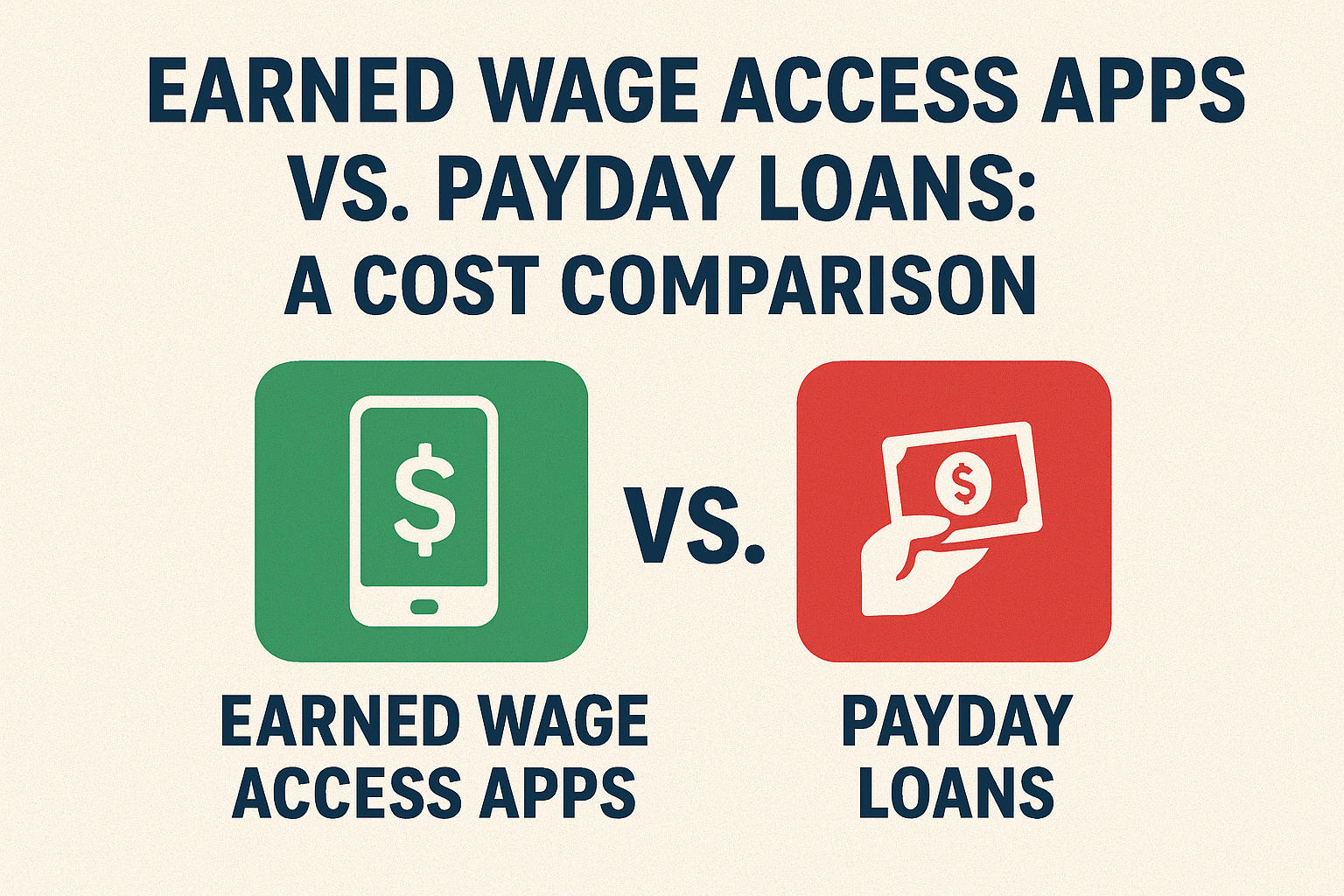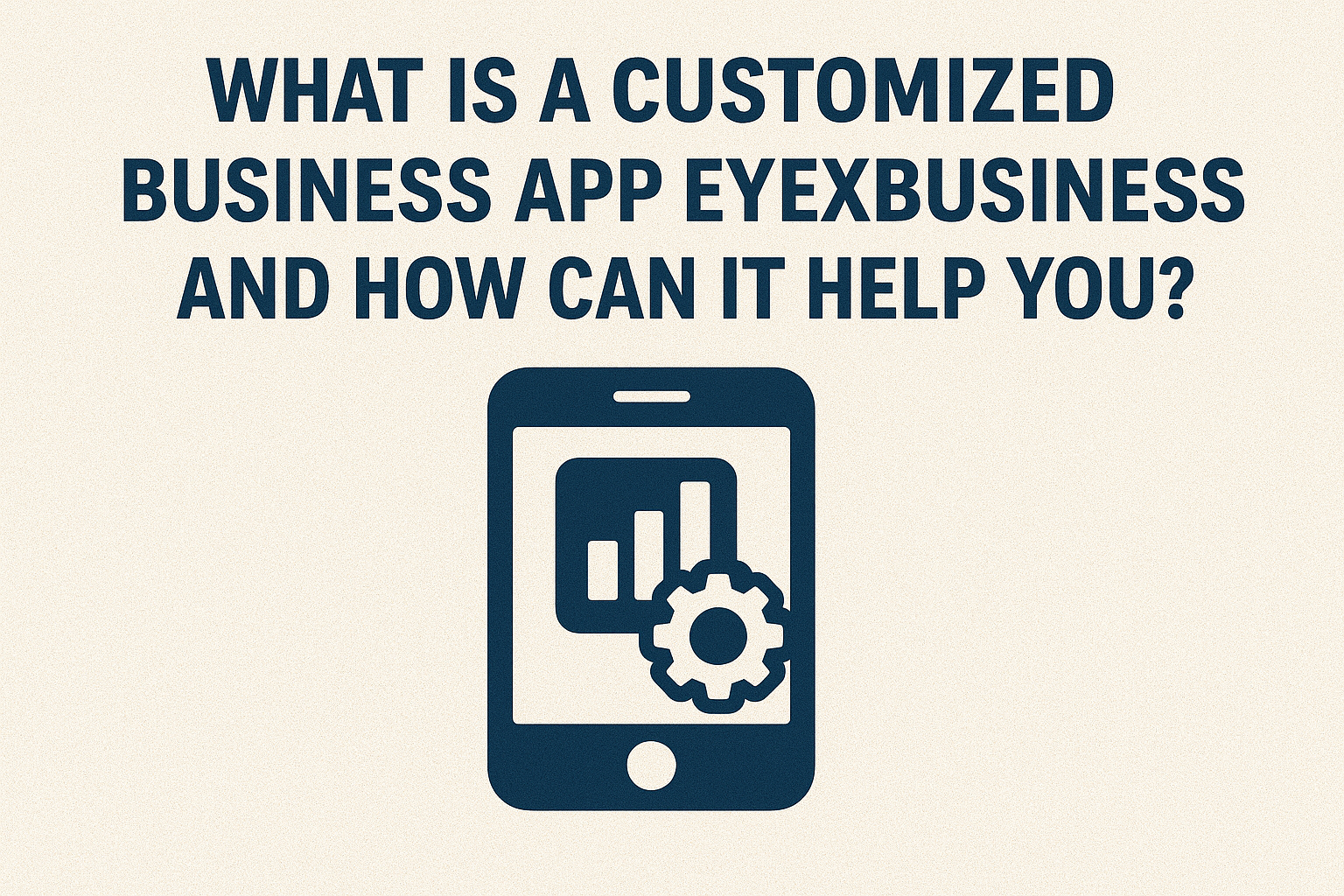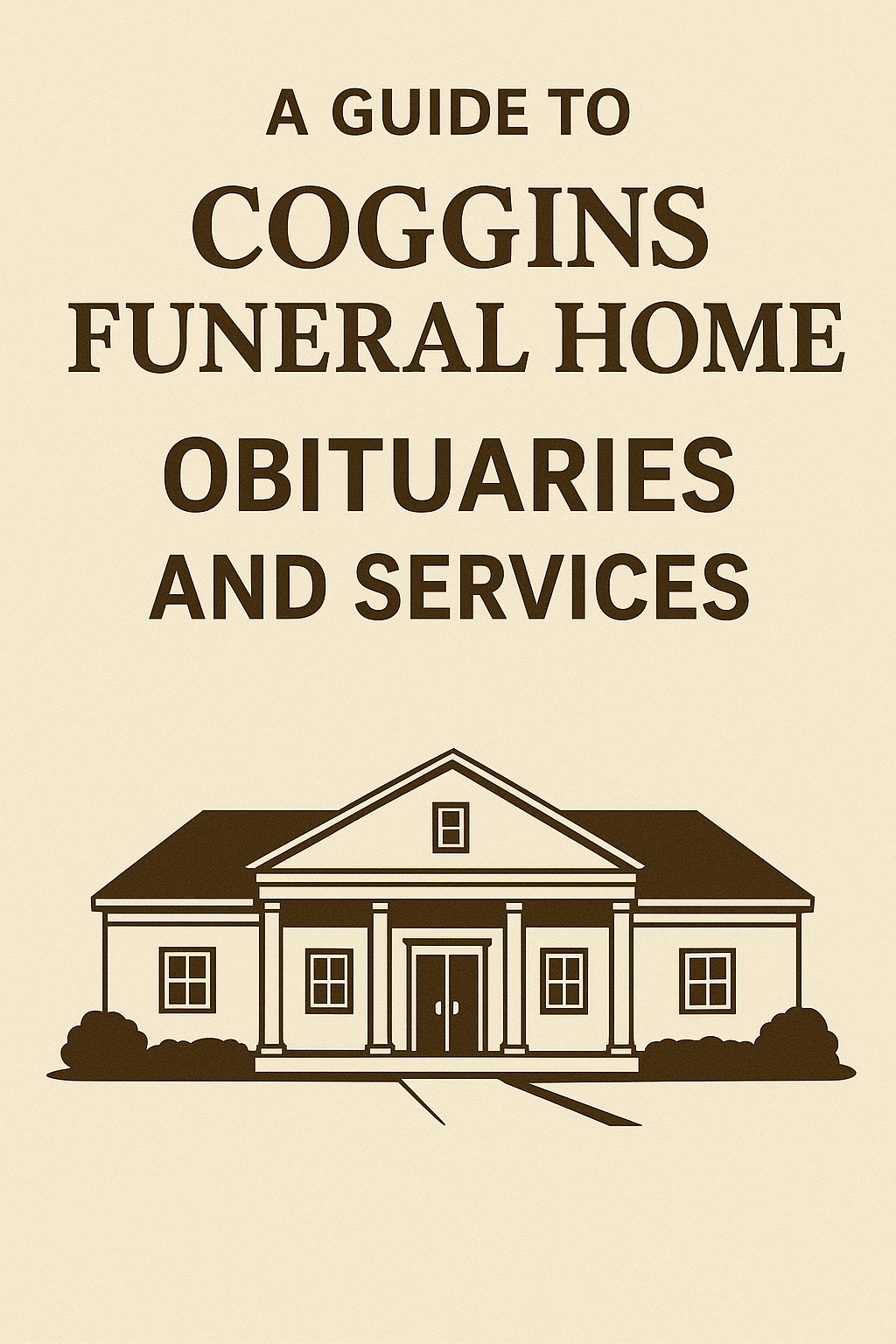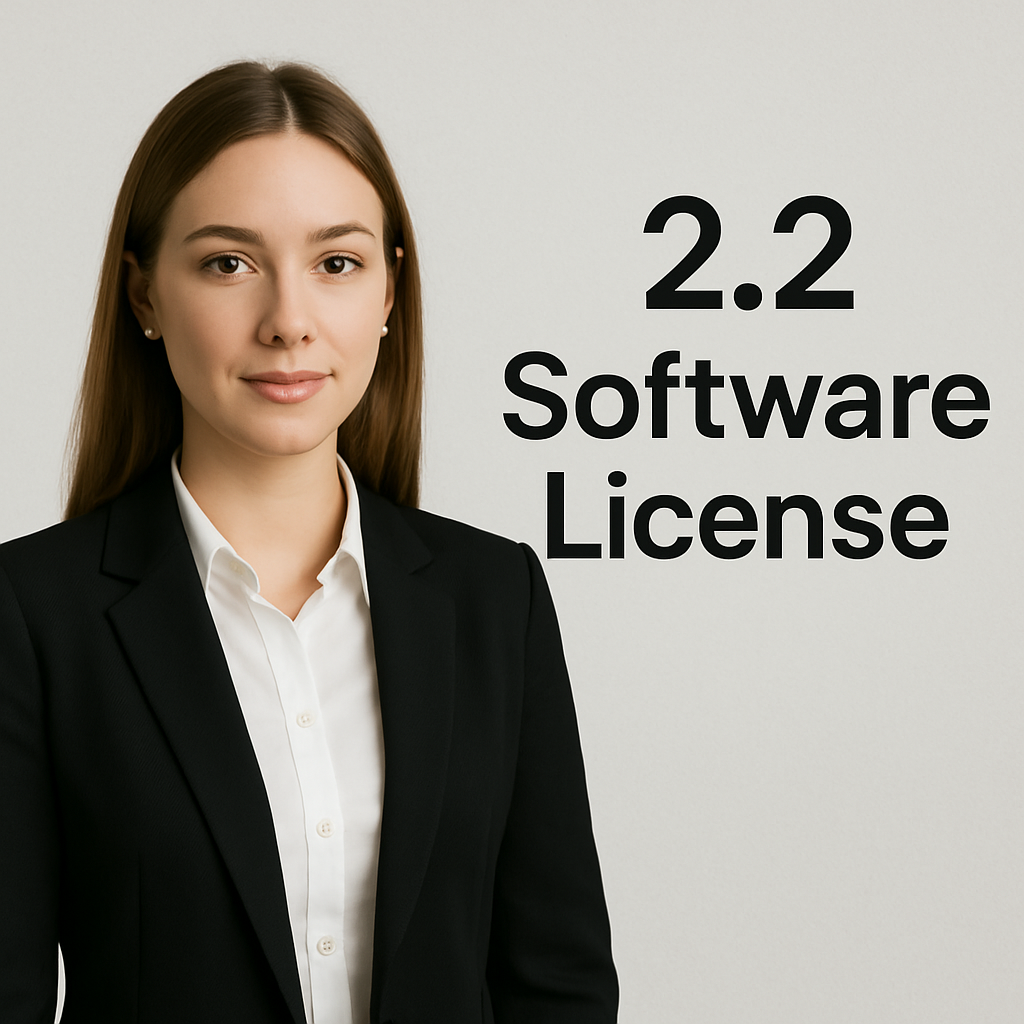In an era of persistent financial volatility and stagnant wages, a sudden car repair, medical bill, or utility shut-off notice can feel like a catastrophic event. For millions of Americans living paycheck to paycheck, these unexpected expenses create an urgent need for liquidity—a need that traditional financial systems often fail to address swiftly or affordably. This gap in the market has given rise to two seemingly similar but fundamentally different solutions: the modern, tech-driven earned wage access apps loans ecosystem and the traditional, often predatory, payday loan industry.
While both promise immediate cash to bridge a financial gap, their structures, costs, and long-term impacts on a borrower’s financial health are worlds apart. The critical mistake many consumers make is viewing them as equivalent options. This conflation can lead to a devastating cycle of debt. This article will provide a detailed, line-by-line cost comparison between earned wage access apps loans alternatives and payday loans, arming you with the knowledge to make an informed, financially sound decision when you’re in a pinch.
Understanding the Fundamental Difference: Access vs. Debt
Before diving into the numbers, it’s essential to grasp the core philosophical difference between these two products. This distinction is the bedrock upon which all cost differences are built.
Payday Loans: A Debt-Based Model
A payday loan is a short-term, high-cost loan, typically for a small amount (usually $500 or less). It is explicitly a debt instrument. You are borrowing money from a lender with a contractual obligation to repay the principal plus a steep fee by your next payday, usually within two to four weeks. The loan is based on your credit history and income verification, but it creates a new liability on your personal balance sheet.
Earned Wage Access (EWA): An Income-Based Model
Earned Wage Access, often called “on-demand pay,” is not a loan. Therefore, referring to earned wage access apps loans is a misnomer. EWA apps are a financial technology service that allows you to access a portion of the wages you have already earned before your scheduled payday. You are not borrowing money; you are receiving an advance on income you have accrued. There is no debt created because the money is rightfully yours, you’re just receiving it earlier. This crucial difference impacts everything from fees to regulation.
A Line-by-Line Cost Comparison
Let’s break down the real-world financial impact of using each option for a $400 advance, needed one week before your payday.
Scenario: The $400 Emergency
Option 1: The Payday Loan
Principal Amount: $400
Loan Term: 14 days (a typical period)
Average Finance Fee: According to the Consumer Financial Protection Bureau (CFPB), a typical fee is $15 per $100 borrowed.
Fee Calculation: $400 x ($15/$100) = $60
Total Repayment Due: $460 ($400 principal + $60 fee)
Effective Interest Rate (APR): This is where the true cost becomes alarming. To calculate the Annual Percentage Rate (APR), we annualize the 14-day fee.
Formula: (Finance Charge / Loan Amount) x (Number of Days in a Year / Loan Term) x 100
Calculation: ($60 / $400) x (365 days / 14 days) x 100 = (0.15) x (26.07) x 100 = 391% APR
The Debt Trap: Now, imagine you cannot repay the full $460 on your payday. Many borrowers cannot, as the large repayment eats a significant portion of their check. In this case, you might “roll over” the loan, taking out a new one to cover the old one, incurring another $60 fee. After just two rollovers, you would have paid $180 in fees to borrow $400. This cycle is the notorious “payday loan debt trap” that regulators and consumer advocates decry.
Option 2: Earned Wage Access Apps
The cost structure for earned wage access apps loans alternatives is far more varied and typically much lower. There are three primary models:
The Voluntary Tip Model: Apps like Dave or EarnIn operate on a “pay-what-you-think-is-fair” tip model. The fee can be $0.
Cost to You: $0 – $10 (for a $400 advance). The average tip is often between $1 and $9.
Total Amount Deducted from Your Account: $400 + (your chosen tip).
Effective Cost: Minimal and discretionary.
The Flat Fee Model: Some services, like certain offerings from DailyPay or PayActiv, charge a flat, transparent fee per transaction.
Typical Fee: $2.99 to $5.99 per transfer.
Cost to You: Let’s use $3.99 as an average.
Total Amount Deducted from Your Account: $403.99.
Effective Cost: A predictable, low fee.
The Subscription Model: Apps like Brigit offer a monthly membership (e.g., $9.99 per month) that includes unlimited advances and other financial health tools.
Cost to You: If this is your only advance for the month, the cost is $9.99.
Total Amount Deducted: $409.99.
Effective Cost: Higher for a single use, but cost-effective if you use the service frequently.
Comparison Table: The $400 Advance
| Feature | Payday Loan | Earned Wage Access (Tip Model) | Earned Wage Access (Flat Fee) |
|---|---|---|---|
| Amount Received | $400 | $400 | $400 |
| Fee/Fine Print | 391% APR | Voluntary Tip | Transparent Flat Fee |
| Total Repayment | $460 | ~$405 (est. $5 tip) | $403.99 |
| Effective Cost | $60 | ~$5 | $3.99 |
| Is it Debt? | Yes | No | No |
As the table starkly illustrates, the cost of a payday loan is an order of magnitude higher than even the most expensive EWA option. The payday loan costs 12 to 15 times more than the EWA services for the same $400.
People Also Ask: Demystifying Earned Wage Access
The growing popularity of EWA has generated many common questions. Let’s clear them up.
How much can you borrow through EWA?
The amount you can access through an EWA app is not determined by a credit limit but by your earned wages. Typically, apps allow you to withdraw up to 50% to 100% of what you’ve already earned in a given pay period, often with a daily or per-pay-period cap (e.g., $100 to $750 per day). If you’ve only earned $300 so far this week, your maximum advance will be $150 to $300. This built-in limit prevents over-indebtedness, as you can never access more than you’ve earned.
What is the app that lets you borrow money before paycheck?
This question highlights the common linguistic confusion. While people search for “apps that let you borrow money,” the accurate term is “apps that let you access your earned wages.” Several prominent apps dominate this space:
Employer-Integrated Apps: These are offered through your employer as a benefit (e.g., DailyPay, PayActiv, Even). Access is seamless and often has the lowest fees.
Direct-to-Consumer Apps: These you download yourself and link to your bank account and payroll provider (e.g., Dave, EarnIn, Brigit). They may have slightly higher fees or rely on the tipping model.
It’s vital to reiterate that these are not earned wage access apps loans; they are a service for accessing your income.
Can EWA affect credit score?
This is a significant advantage of EWA over many other financial products. In nearly all cases, using an EWA app does not affect your credit score.
No Credit Check: EWA providers do not perform hard or soft credit inquiries because they are not lending you money.
No Reporting to Credit Bureaus: Your usage and repayment are not reported to the three major credit bureaus (Experian, Equifax, and TransUnion). Timely use will not help build your credit, but critically, missed payments will not harm it either.
Repayment is handled automatically through a direct debit from your linked bank account on payday or via a payroll deduction. This makes the process seamless and removes the risk of a “late payment” marring your credit report.
What app lets you get money from your paycheck?
This is the core function of all EWA apps. The specific app you can use depends largely on your employer. The first place to check is with your HR department to see if they have a partnership with an EWA provider like DailyPay, PayActiv, or Instant. If your employer doesn’t offer one, you can explore the direct-to-consumer apps mentioned above, such as Dave, EarnIn, or Brigit. These require you to verify your income and connect your bank account to facilitate the transfer and repayment.
The Hidden Costs and Long-Term Impacts
Beyond the immediate fee comparison, other factors profoundly impact your financial well-being.
The Hidden Cost of Payday Loans:
The Debt Spiral: The single biggest hidden cost is the high risk of becoming trapped in a cycle of repeat borrowing, accumulating fees that can exceed the original loan amount.
Bank Overdraft Fees: If the large, lump-sum repayment of a payday loan causes your checking account to overdraft, you incur additional bank fees, compounding the financial damage.
Credit Damage: While payday lenders generally don’t report to credit bureaus for on-time payments, if you default and the loan is sent to a collection agency, that collection account will severely damage your credit score for years.
The Hidden Benefits of EWA:
Financial Wellness Tools: Many EWA apps are bundled with budgeting tools, savings features, and financial education resources, aiming to improve your overall financial health and reduce the need for future advances.
Avoidance of Overdraft Fees: By accessing small amounts to cover a shortfall, users can avoid the $35+ overdraft fees charged by banks, making the EWA fee a cost-saving measure.
Reduced Financial Stress: Studies have shown that access to EWA can significantly reduce financial stress among employees, leading to improved productivity and well-being.
Conclusion: A Clear Winner for Financial Health
The comparison between earned wage access apps loans structures and payday loans is not a close one. While both serve a market need for short-term liquidity, the EWA model is demonstrably safer, more transparent, and exponentially cheaper. The payday loan, with its 400% APR and predatory structure, is a debt-producing product of last resort that often worsens the financial situation it claims to solve.
Earned Wage Access, despite the common misperception of being a loan, represents a consumer-friendly innovation. It leverages technology to provide a flexible, low-cost way for workers to manage their cash flow without taking on toxic debt. When faced with a financial shortfall, the choice is clear: exploring the world of earned wage access apps loans alternatives is a financially literate decision that protects your wallet and your peace of mind, while a payday loan is a risky gamble that all too often leads to a devastating debt spiral. Always remember, accessing what you’ve already earned is always smarter than taking on a high-cost loan.







